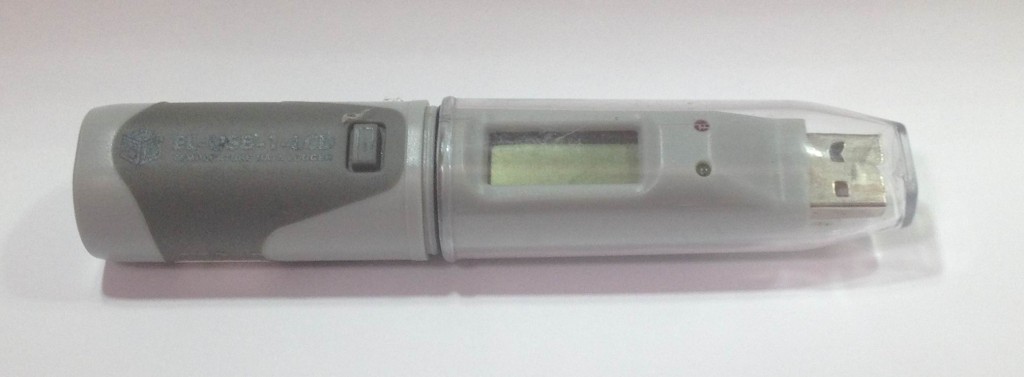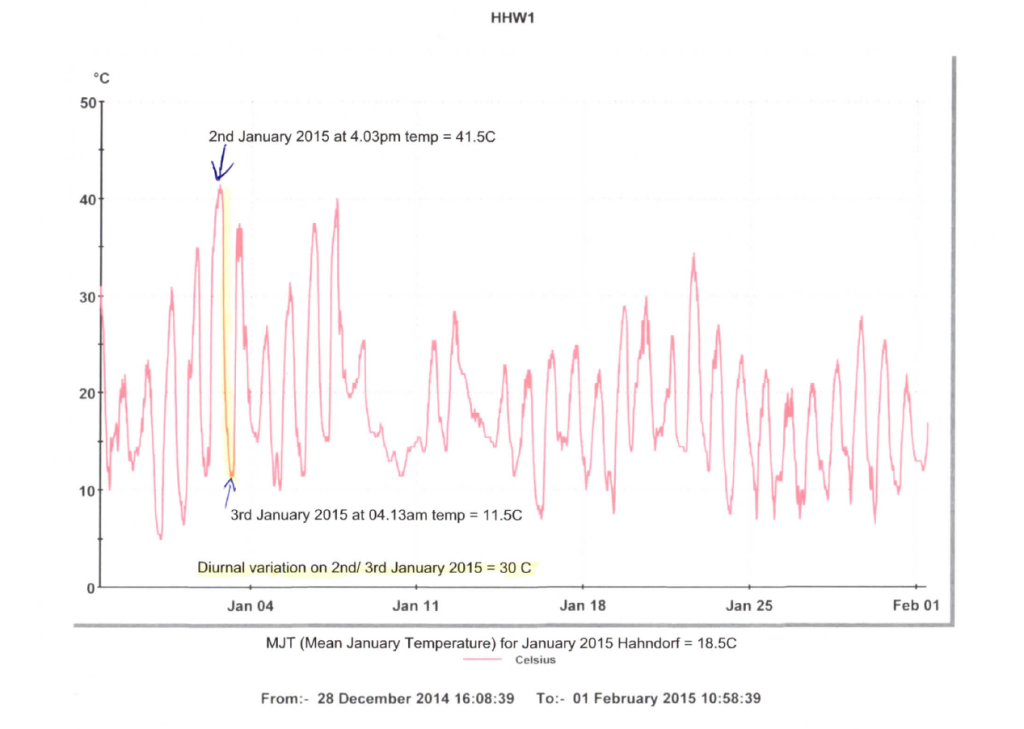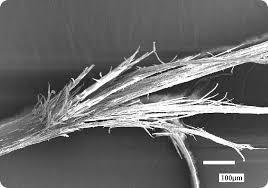
Hahndorf Hill Winery
Adelaide Hills
In five short years, growers and producers of Gruner Veltliner in the Adelaide Hills wine region have achieved some extraordinary outcomes with their favourite new alternative variety. There are already at least a dozen labels produced in the region (*see details below) and currently the Adelaide Hills has by far the largest plantings of this exciting aromatic white variety than any other wine region in Australia. In fact, it has more acres of Gruner than all other Australian wine regions combined.
Many of these producers have already accumulated awards and generated favourable reports from commentators both locally and abroad, and the region continues to collaborate and strive towards bigger and better things.
So what is this secret ingredient behind the Gruner success in the Hills? Well, below is a story about technology and temperature that reveals one of the key factors in the production of quality Gruner Veltliner in our region.
Playing a role in quantifying this key factor is my nifty new digital temperature logger. It’s about the size of medium-sized cigar and is pretty robust and waterproof.
This is technology at its simple best, since all I am required to do is activate it, pop it into my handy little vineyard weather station – and it will start recording. Â At the beginning of this January (2015) I did exactly that and programmed the little wizard to record every five minutes of the full month.
On the 1st February I excitedly retrieved the little logger, downloaded the data and did some calculations. I needed to calculate the mean daily temperature during the month of January, which is the important ripening month for grapes in the southern hemisphere. (The equivalent month in the northern hemisphere is the month of July.)
My calculations showed that the daily Mean January Temperature (MJT) for January 2015 in Hahndorf in the Adelaide Hills was 18.5°C. This is more or less what I had expected, since the Adelaide Hills is considered to be one of the coolest of the major wine regions on mainland Australia.
In order to be considered ‘cool climate’ in grape growing terms, there is a general view held by many people in the industry, that the MJT should be 19°C or less. A MJT of 18.5°C therefore puts the Adelaide Hills firmly in the cool-climate camp, given that 0.5°C on a ‘mean temperature calculation’ over a period of one month is quite a considerable amount of temperature.
Here is a review of the composite temperature graph that was created by these regular five minute recordings.
Firstly, it is interesting to note that the highest temperature recorded was on 2nd January and reached an impressive 41.5°C at 4.03pm.
The coldest morning was 6.5°C on the morning of 1st January and again on the 30th January, with seven other cold points during the month of at least 7°C to 8.5°C. The average minimum achieved over the 31 day period was 11.15°C.
However, what is most striking is the recording of the huge diurnal variations (difference between maximum and minimum temperatures) achieved over various 24 hour periods. For example, on the 2nd January, at 4.03pm, the impressive maximum of 41.5°C was achieved. However, at 3.30am the following morning, the minimum of 11.5°C was recorded. This is a difference (a diurnal variation) of no less than 30.0°C which is extraordinary for any wine producing region. Note the numerous other examples of significant diurnal variation recorded over the 31 day period.
Indeed, it is this propensity for huge diurnal variations of temperature during our summer ripening period that actually is responsible for the Adelaide Hills wine region’s cool-climate credentials – and is the secret to its Gruner success. The summation of these huge and dramatic temperature variations define our ‘cool-climateness’ (to coin a word) which can be described as being produced by a combination of warm days and cold nights. This is distinct from a cool climate region which is defined by moderate days and cool nights, or a maritime cool climate region that would be defined perhaps by moderate days and moderate nights.
Why all this hairsplitting? Well it all lies in the acid test, so to speak!
Acids manufactured in the vine leaves and the grape berry are extremely critical for sustaining the correct pH within the berry. The most important acids by volume are malic acid and tartaric acid and they are largely responsible for maintaining this acidic environment to ensure that all the cellular and metabolic functions within the maturing berry are optimally carried out. In addition to this, it is these very acids that have other vital functions during the winemaking processes once the berry has been harvested, crushed and the juice extracted. For example, the acids prevent bacterial spoilage of the grape juice during wine making processes, help prevent oxidation of the wine and sustain good colour in red wine, amongst other things.
Specific climatic conditions that prevail in the vineyard are the most important factors that either make or break acid within the grape berry. During hot climatic conditions, the levels of these grape acids are reduced when they may be consumed within the berry by the process of alcoholic respiration. This process provides emergency energy for the berry during hot weather and is an evolutionary process designed to spare the glucose in the berry for the survival of the seed. Malic acid is more severely affected in this way than tartaric acid. During cooler weather, acid levels are less reduced by this process.
The final surplus or deficiency of acid in the grape juice has a profound effect on the quality, the perception, the taste and the mouth-feel of the wine. It is this tight balance between deficiency and excess of malic acid in particular, that has very important quality consequences for wine and especially for aromatic, high acid white varieties such as Riesling, Sauvignon Blanc and Gruner Veltliner.
If there is a deficiency of malic acid, the wine will be flat and lacklustre or if there is too much malic acid, the wine could appear to be excessively green and sour and lack complexity. A balanced amount of malic acid, on the other hand, will specifically enhance taste perception by prolonging the release of flavour components and thereby extending the period that the palate’s taste receptor cells are stimulated by these flavour compounds. This prolonging of the flavour compounds also allows the different flavours in the wine to hang around in the palate for a longer period, thereby resulting in a better blending of the different flavours for the senses.
And herein lies the nub of cool-climate viticulture – but especially a cool climate that is defined by warm days and cold nights.
Fruit quality and malic/ tartaric acid balance are best when ripened under warm days and cold nights, according to work done at Purdue University, USA. http://www.foodsci.purdue.edu/research/labs/enology/AcidityintheVineyard.pdf
Conversely, grapes ripened in a long, hot region with excessive, persistent heat, will result in juice with poor balance between the sugar, the low acid, high pH, poor colour, poor flavour and aroma.
Equally, grapes ripening in a cool area with a short growing season and insufficient heat (especially daytime temps <21°C) will result in low sugar, high acid, low pH, and unripe herbaceous flavours.
Since a good, natural balance of these acidic components will especially influence the quality in white aromatic varieties, it is not surprising that wine regions that share the blessing of having a cool climate defined by significant diurnal temperature variations include the Loire Valley, Austria’s Wachau region, the Mosel of Germany, California’s Santa Cruz Mountain – and the Adelaide Hills wine region of South Australia.
Something else that has been especially gratifying has been the wonderful co-operation and collaboration between the various Gruner growers in the Adelaide Hills and the amazing interest and support from the wine industry and public alike. Many thanks to you all!
* Alphabetical list of current Gruner Veltliner labels in the Adelaide Hills wine region:
By Jingo http://byjingowines.com/
Catlin Wines http://www.catlinwines.com.au/
CRFT Wines http://www.crftwines.com.au/
Hahndorf Hill Winery http://www.hahndorfhillwinery.com.au/
K1 by Geoff Hardy http://www.k1.com.au/
Longview http://www.longviewvineyard.com.au/
Nepenthe http://www.nepenthe.com.au/
Nova Vita Wines http://www.novavitawines.com.au/
Pike and Joyce https://www.pikeandjoyce.com.au/
Smidge Wines http://www.smidgewines.com/
The Pawn Co. http://www.thepawn.com.au/
Tomich Wines http://www.tomichhill.com.au/




